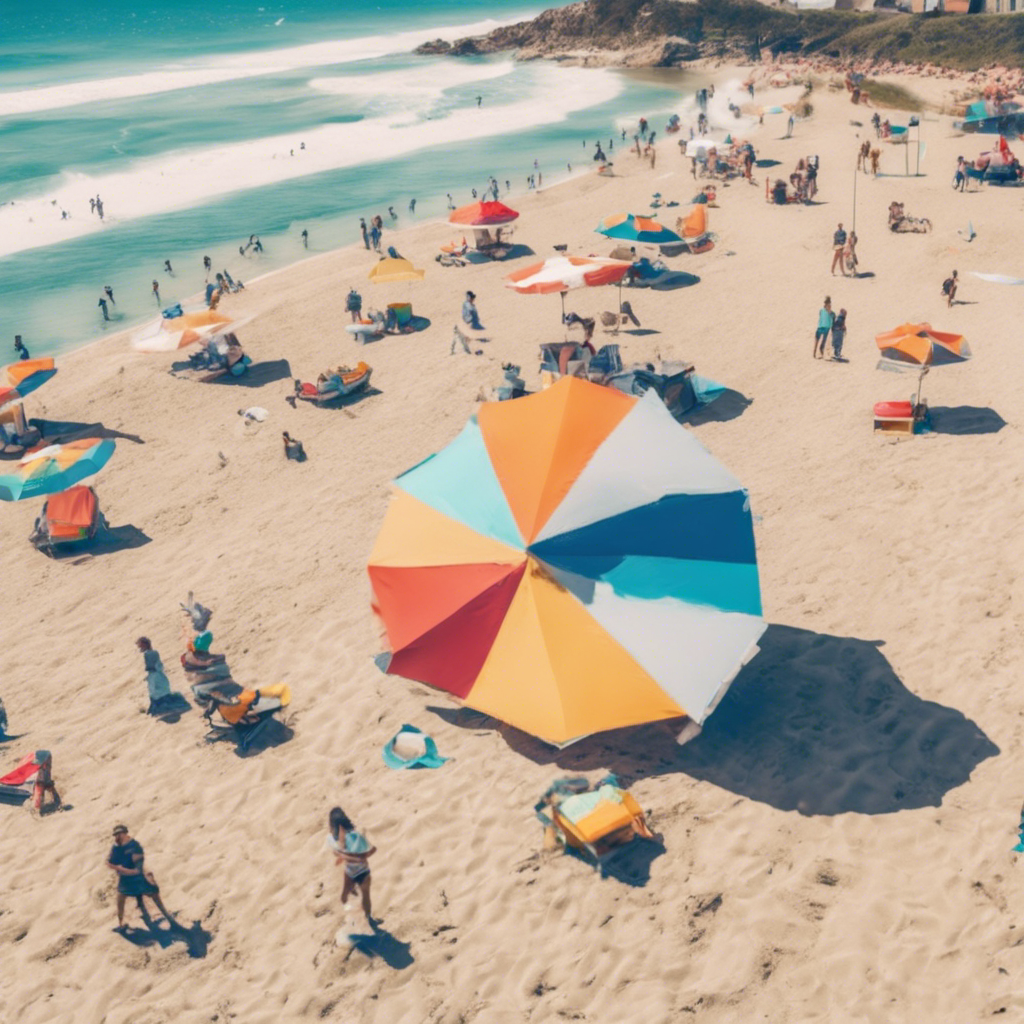AI Algorithms Could Revolutionize Beach Safety, Detecting and Monitoring Potential Hazards

Researchers at the University of California Santa Cruz are developing AI algorithms that could save lives by detecting and monitoring dangers along the shoreline.
Your trip to the beach could someday be a lot safer, thanks to artificial intelligence. Researchers at the University of California Santa Cruz, led by Professor Alex Pang, are developing potentially life-saving AI algorithms geared toward detecting and monitoring potential dangers along the shoreline, according to the Santa Cruz Sentinel. The technology aims to alert lifeguards of potential hazards and detect rip currents or riptides, which account for 80% of ocean lifeguard interventions.
What is Artificial Intelligence (AI)?
Artificial Intelligence (AI) is a field of computer science that focuses on creating intelligent machines capable of performing tasks that typically require human intelligence. AI algorithms can learn from data and improve their performance over time without explicit programming. In the context of beach safety, AI algorithms can be trained to detect and monitor potential dangers, such as rip currents, to enhance lifeguard intervention and prevent accidents.
Detecting Rip Currents: A Challenging Task
The inspiration for the AI technology came to Professor Pang while windsurfing with friends. He realized just how difficult it is to spot rip currents with an untrained eye. Rip currents are powerful, narrow channels of water that move sand, organisms, and other materials offshore. They can be deadly, making prevention and early detection crucial.
Improving Existing Models with Machine Learning
To develop the AI algorithm, Pang and his team collaborated with NOAA scientist Gregory Dusek, who had already developed a forecast model to predict the probability of rip currents up to six days in advance. Pang’s detection model builds upon this existing model to offer real-time rip current detection. By using machine learning, the algorithm can continuously improve its recognition abilities over time. The researchers trained the algorithm using images to teach it how to detect rip currents.
Enhancing Lifeguard Intervention
The real-time detection and monitoring provided by the AI algorithm can significantly enhance lifeguard intervention. The system can send alerts to lifeguards when rip currents are detected, allowing them to take immediate action. Additionally, the technology can distinguish between people and surfers, ensuring that lifeguards are notified only if there are individuals in danger.
AI and Water Safety: A Promising Combination
AI has shown promise in enhancing water safety in various contexts. For example, a YMCA location in Ann Arbor, Michigan, partnered with Israeli company Lynxight to detect swimmers in distress using AI technology. This proactive approach helps prevent drownings by enabling swift lifeguard response.
Conclusion:
The development of AI algorithms for beach safety represents a significant step forward in preventing accidents and saving lives. By detecting and monitoring potential hazards, such as rip currents, lifeguards can be alerted in real-time, allowing for swift intervention. The continuous learning capabilities of AI algorithms ensure that their recognition abilities improve over time, further enhancing their effectiveness. As technology continues to advance, AI has the potential to revolutionize beach safety and make trips to the beach safer for everyone.

